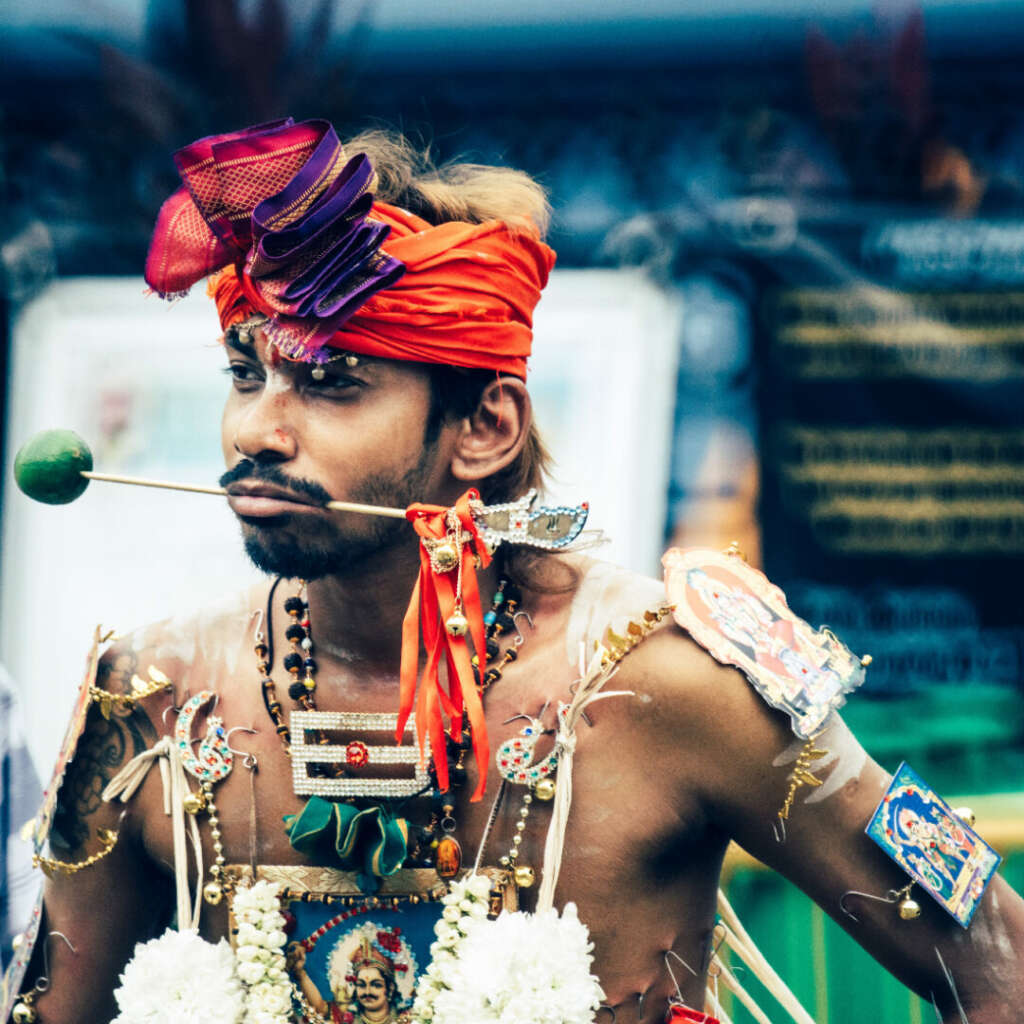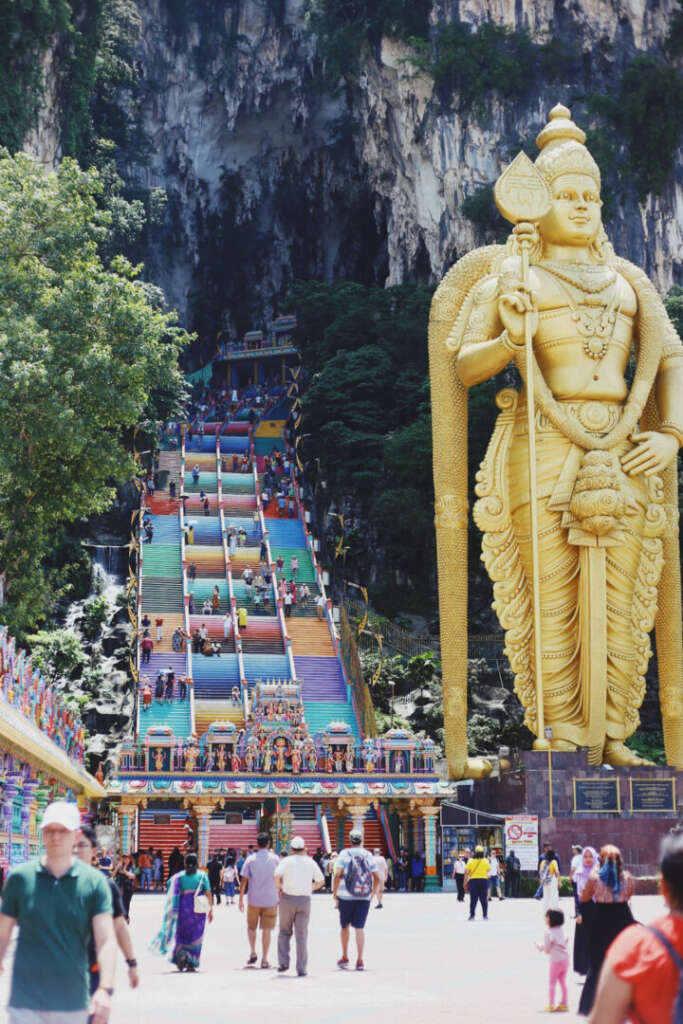
所有房源
For many Malaysians, we associate the Thaipusam celebration with crowds at Batu Caves and the awe-inspiring sight of kavadi bearers (a semicircular, decorated canopy supported by a wooden rod that the pilgrim carries on their shoulders to the temple) but how many of us actually understand the significance of the occasion?
Celebrated by some two million ethnic Indians in Malaysia and Singapore, Thaipusam comes from an amalgam of the words “Thai” – referring to the Tamil month of Thai (January – February) – and Pusam – the brightest star during this period.
Falling between 15 January and 15 February every year, Thaipusam is a celebration of Lord Murugan’s victory over Soorapadman’s tyranny. The Hindu festival of Thaipusam commemorates the day when Goddess Pavarti gave her son Lord Muruga an invincible lance with which he destroyed evil demons.

The rituals of Thaipusam usually begin much earlier before the big day itself. Some devotees fast for more than a month before the occasion while others shave their heads as an act of gratitude, repentance or as a poignant plea to have prayers answered.
Devotees believe their sins can be cleansed through such acts, while also reaffirming their Hindu faith.
Traditionally, male devotees fulfil vows by piercing parts of their body before carrying a kavadi along a four-kilometre route – including piercing the skin, tongue or cheeks while some walk over burning coals.
A devotee bearing a kavadi, is a symbol of humility and devotion.
Additionally, coconuts are smashed to signify the breaking of the ego and the emergence of a purer self.

In Batu Caves – one of the focal points of Thaipusam celebration in Malaysia – the procession accompanying the silver chariot bearing Lord Murugan’s idol, starts from Sri Mahamariamman, in the centre of Kuala Lumpur, to the temples of Batu Caves.
The procession usually starts before midnight on the eve of Thaipusam and is a 15-kilometre journey that can easily take 8 hours.
Devotees dress in bright orange and yellow — Lord Murugan’s favourite colours — while they chant and walk to the temple.
Devotees wait for hours just to catch a glimpse of Lord Murugan on his chariot and extend their offerings while hundreds of thousands more join the procession to the temples. The number of people at Batu Caves during Thaipusam can range from 700,000 right up to 1.5 million.
At Batu Caves, devotees faithfully carry their offerings and kavadi bearers staunchly shoulder their burdens up 272 steps to the temple.
Celebrations also take place in other parts of the country – include the Waterfall Temple in Penang and Kallumalai Temple in Ipoh, Perak.

To all Malaysians celebrating this colourful day, we at IQI Global wishes in advance a Happy Thaipusam!
May it hopes to be a source of inspiration for all communities to continue living in harmony.
This is a collaboration article with IQI Global.